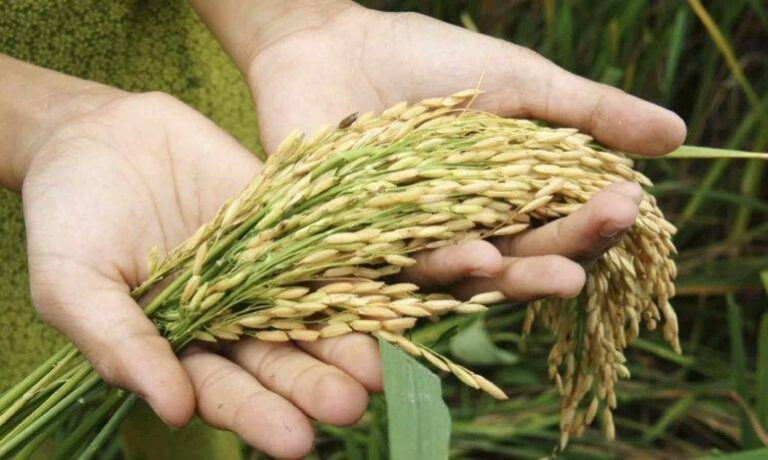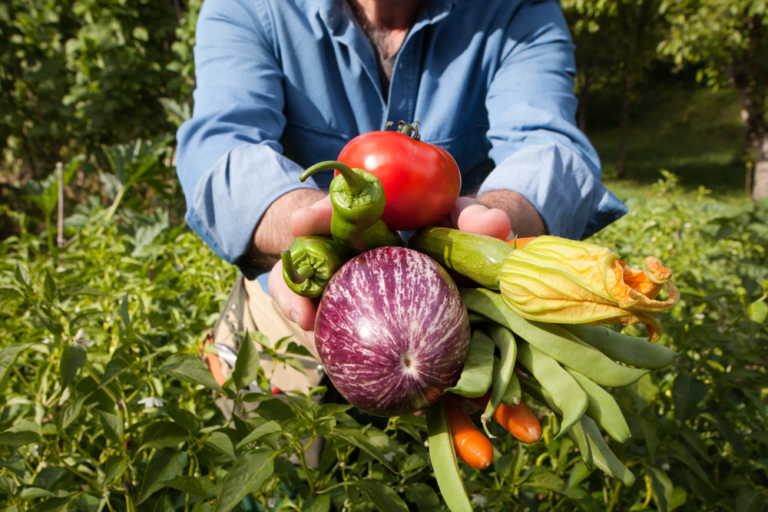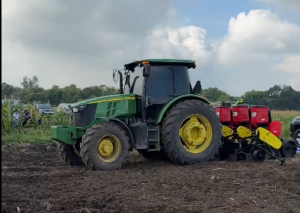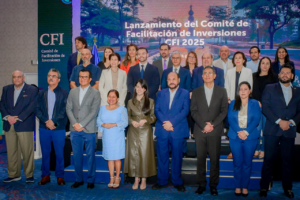The World Bank reported that food price inflation remains elevated in many low-income countries. Between november 2024 and february 2025, 78.9% of these countries recorded inflation above 5%, an increase of 5.2 percentage points since the last update in february 2025. In middle- and high-income countries, food inflation has shown slight declines, although it remains a global concern.

Since the last update in february, agricultural prices have fallen: the agricultural, cereal and export price indices declined by 8%, 4% and 11%, respectively. However, on a year-on-year basis, the price of corn is 15% higher, while wheat and rice are down 1% and 25%, respectively.
The World Bank also warns of potential future challenges in agricultural growth. Although yields of key crops such as corn, rice, soybeans, and wheat have grown over the past 60 years, there are concerns of stagnant productivity. In addition, the march 2025 Market Monitor report notes that corn has reached its highest level in 15 months due to supply constraints, while rice has fallen to its lowest level in two years due to weak demand.

In its recent publication “Accelerating food and nutrition security through food fortification”, the World Bank highlights the role of the private sector in combating micronutrient deficiencies. The document presents strategies to overcome challenges in food fortification and improve business models that impact public health.
These analyses reaffirm the need for sustainable solutions and innovative strategies to ensure global food security. The combination of investment, public policy and private sector involvement will be key to addressing price volatility and improving access to nutritious food around the world.








